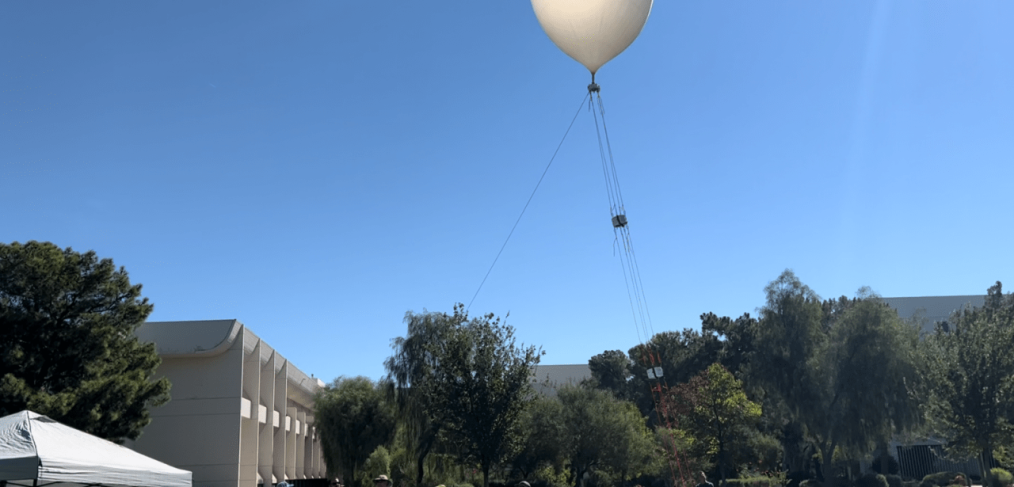Southwestern Oregon Community College wishes to congratulate our S.P.E.A.R. (STEAM Pathways Experimental & Academic Research) Team Member Cameron Miller for being selected for a 2023-24 Oregon NASA Space Grant Consortium (OSGC) Student Academic Research Review (STARR) award in the amount of $3,000 for Nuclear Propulsion research.
Cameron is currently a sophomore Mechanical Engineering student at Southwestern and plans to transfer into the Nuclear Engineering program at Oregon State University (OSU) after he graduates. For his research project, Cameron will be investigating the current state of research into nuclear propulsion systems with particular applications to aerospace.
Read the full article on Cannon Beach Gazette.
Author Credit: Cannon Beach Gazette
Image Credit: Cannon Beach Gazette











